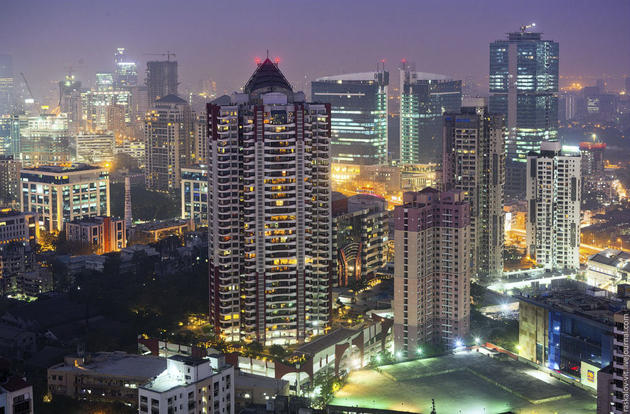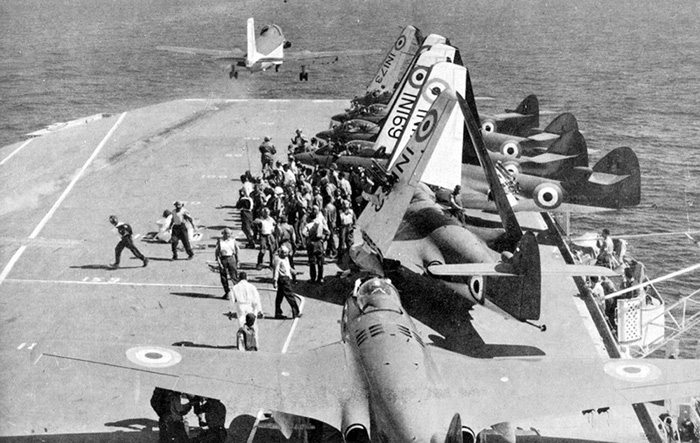Can a group of islands, no matter how important, be worth
all the trouble China and Japan are getting into? Territorial claims and
controversies are nothing new when it comes to China- Be it Philippines,
Taiwan, India or Vietnam, the Chinese have always preferred laying claims to
trivial pieces of rocks with a pinch of unwarranted aggression added to their
taste over the warmth and benefits of cordial relationships with the neighbors.
And we all had pretty much gotten used to that now haven’t we? Aggressive
patrols, denying visas and releasing intimidating comments were common weapons
for Chinese leadership to reinforce their claims on what they consider is
theirs by whatever logic that suits them. But the recent move of China, to
announce the air defense identification zone over the region encompassing the
Diaoyu Islands has packed a new punch in this old game. It’s like a brand new
“Warmongering 2.0” with improved aggression promising a far more interesting
global response and consequences. It’s important indeed to notice the
difference in Chinese stance here. For
example, in Indian context, the Chinese often make inroads into Indian
Territory to highlights their claims in regions like daulat beg oldi and aksai
chin. But then the Indians launch counter patrols and both sides eventually
cool down and go back to the status quo. Same was the story with Japan earlier,
the Chinese would sneak peek into the Diaoyu waters when the Japanese were not
looking and Japan would do the same, and the same chain of events kept getting
repeated with monotonous statements like “China urges Japan to respect China’s
sovereignty” etc- without any remarkable escalation.
So what does it tell you? The move tells you about China’s
exponentially enhanced confidence in its military capability. A child can tell
you that the natural response of Japan will be to reject the restrictions
imposed by China through this Air defense zone and they will keep flying their
military jets into the controversial airspace. It is very much probable that
any military adventure in this region can now quickly escalate into “an act of
war”. Let get involved in the hypothetic. If history is any aid, it is quite
reasonable to assume that Japan will not be the first one to take any military
action. In worst case scenario, the Chinese will shoot down a Japanese
surveillance drone or something to which the Japanese will pay back in kind.
This is something the Chinese leadership must have already thought about while
declaring this air defense zone. Their decision to go ahead with this
declaration anyway, shows how confident they are of being able to handle any
kind of military aggression in this area. And we have hints in this regard –
they displayed their nuclear submarine fleet for the first time in 40 years! The
Chinese jets stole the show at Dubai air show. Operating three jets
simultaneously from the Air craft carrier Liaoning etc…they have all been
subtle hints that the Chinese are confident of their military prowess in the
area.
But there’s more to this love story. China is confident of
handling Japan alright, but has it considered the presence of Uncle Sam enough?
After the World War 2, United States disarmed Japan and prohibited it from
keeping its own defense forces, and also signed a document which allowed the
United States to maintain military bases all over Japan. After half a century,
this treaty has proved to be a boon for the Japan. Japan and United States are
closer than ever and external security of Japan is now almost officially the responsibility
of Washington itself. Anyway, important point is that, Diaoyu islands are also
a part of the region which was vowed to be protected by the Americans under the
treaty of 1952. Not only this means that US considers diaoyu islands an
integral part of Japan, but it also signifies that any action unilaterally
taken by China on diaoyu islands will also be an action directly against the
United States. The Eagle has wasted no time in registering firm opposition to
this move. Even before the United States policy makers could formally issue
statements against the ADIZ set up by China, two B-52 bombers had already flown
over the ADIZ without informing Beijing about their presence. South Korean and Japanese aircrafts followed the act and
Japanese coast guard carried on with their usual patrols along the Diaoyu
coastline. It will be hard to say if B-52 bombers were flown through the ADIZ
merely to send a stern message to the dragon to not cross the line, or if it
was done to check any additional deployments and infrastructure put up in place
by China to enforce the guidelines of ADIZ.
Conclusion?
Perhaps China needs to reconsider its stance. You should play with fire when
you know you can handle the heat. Even if China does acquire the islands by
force, (well…) it will have to pay the price of upsetting all its neighbours.
And ask any five year old boy, is it worth all this trouble? Maybe The Socialists
need to see the long term effects of their aggression. They should know that unnecessary
quibbling over a small group of rocks is not worth putting the years of hard work
in improving the foreign relations into garbage bin. And whoa!...that too when
they know that their entire economy is based on trade with the countries they
are messing with. I learnt it while playing chess – one wrong move, and the
game wraps up even before you know it.
 01:30
01:30
 Unknown
Unknown

















































